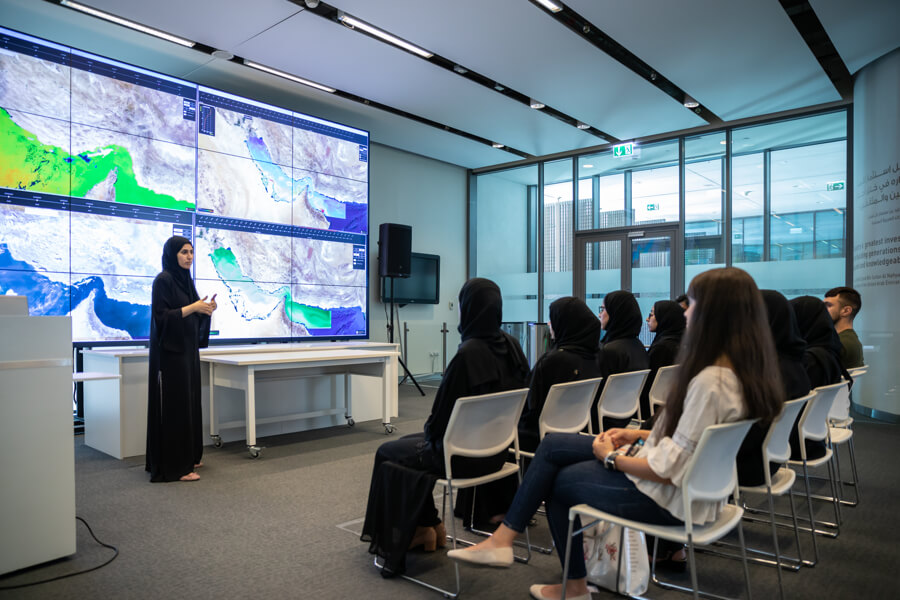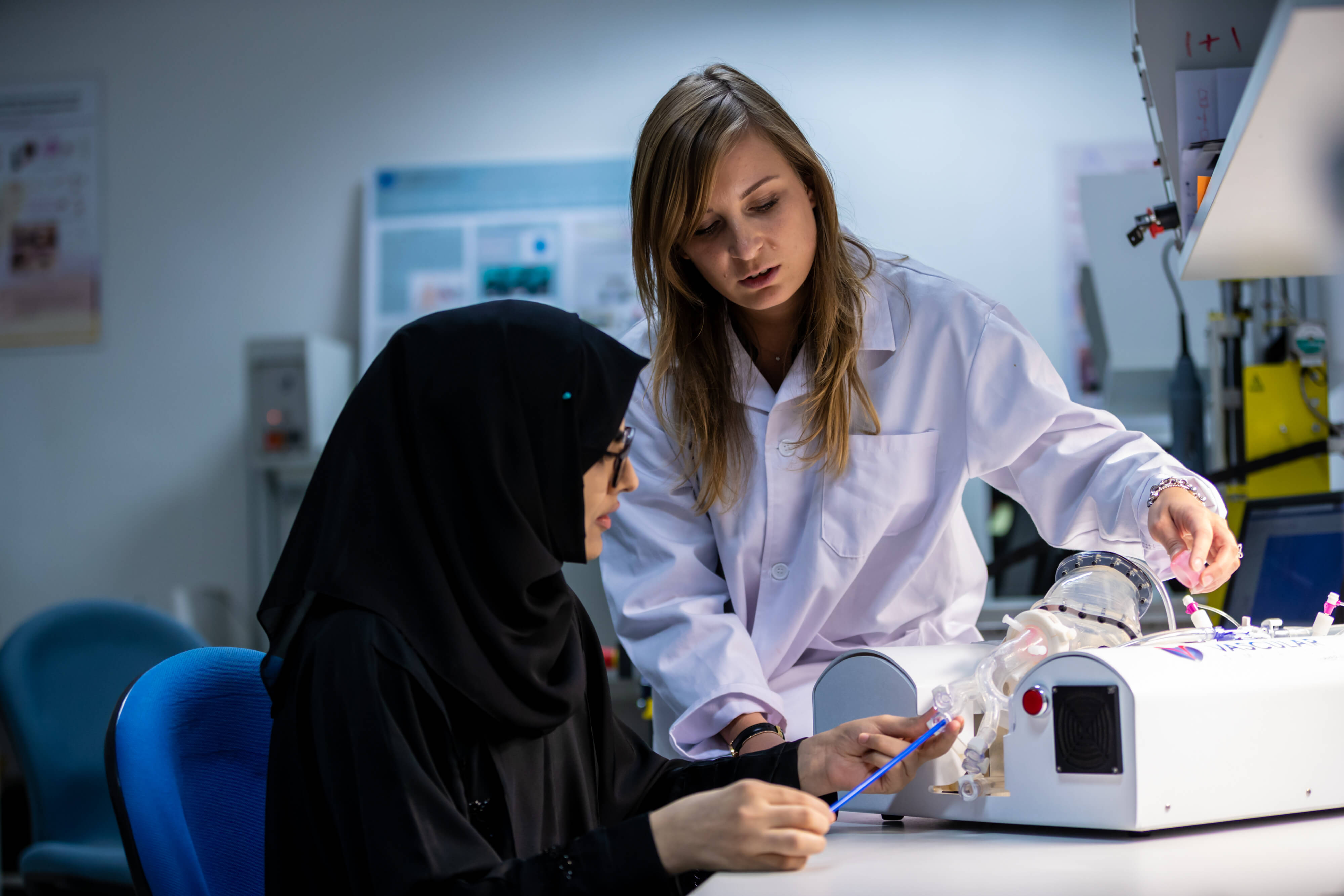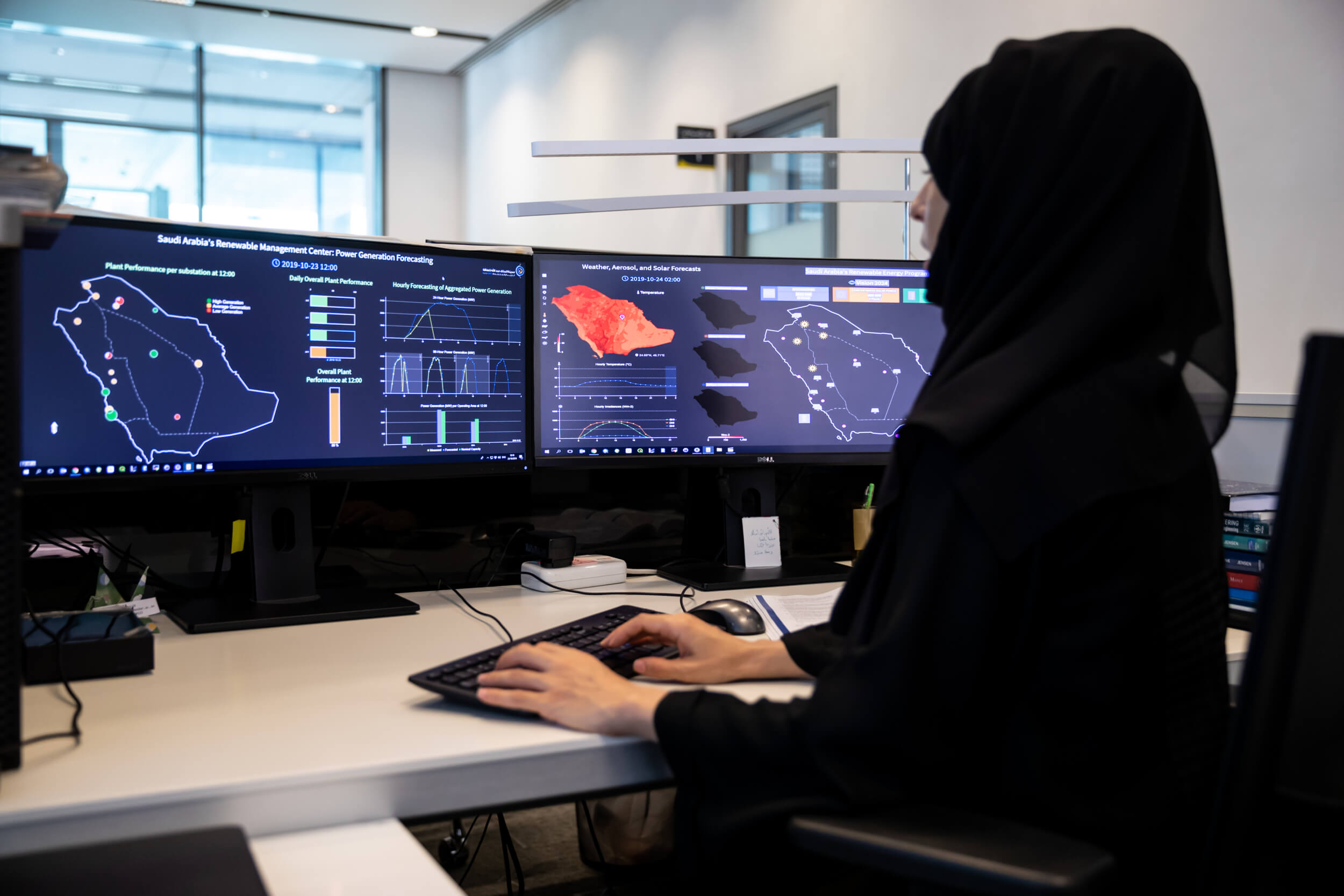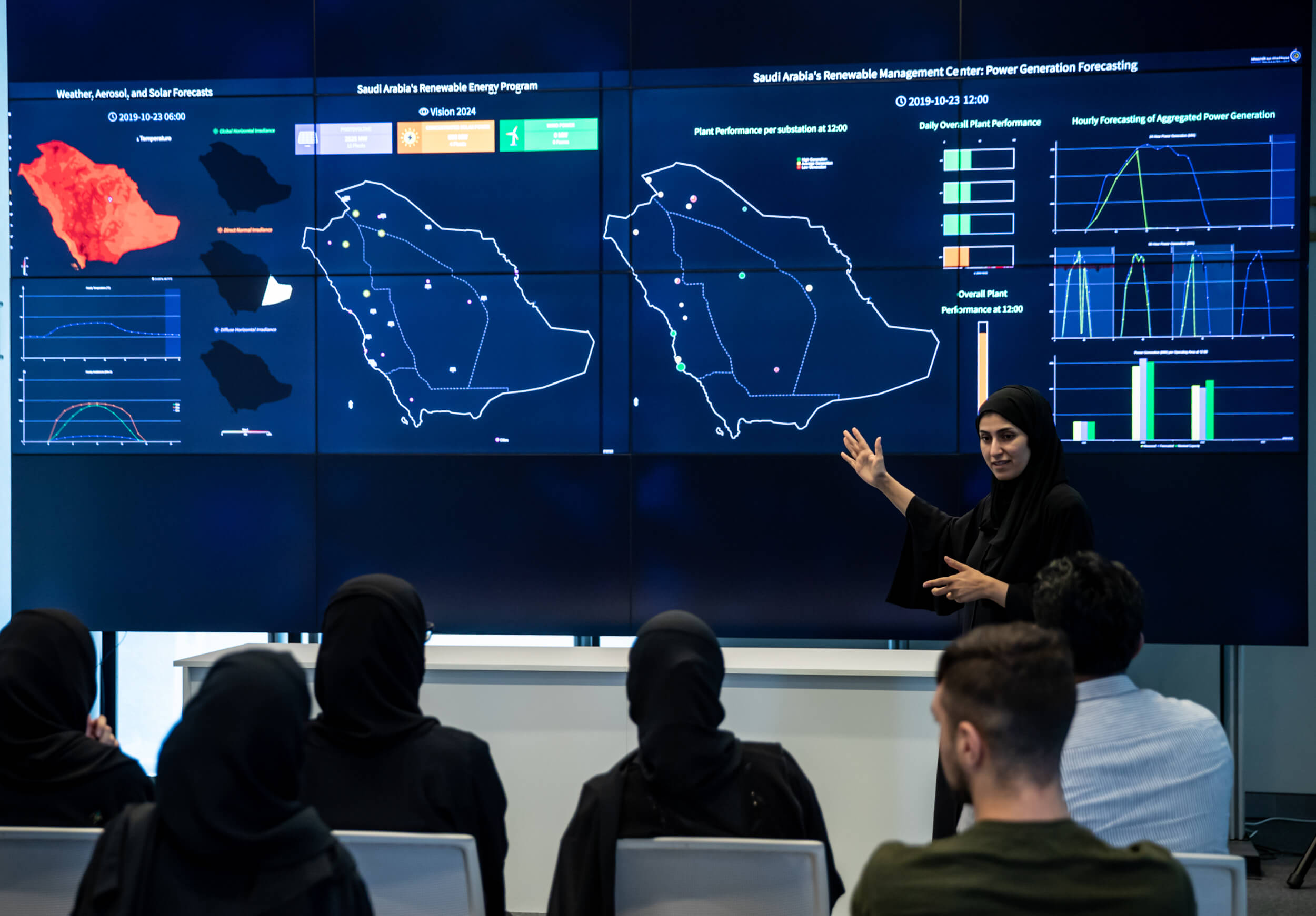Masdar Institute Lab Also Selected by NASA as One of Seven Global Pre-launch Test Sites for New Earth Observation Satellite SMAP
Abu Dhabi-UAE:8 February , 2012 – Masdar Institute of Science and Technology, an independent, research-driven graduate-level university focused on advanced energy and sustainable technologies, today announced its Earth Observation and Environmental Remote Sensing (EO-ERS) laboratory has produced an animated clipping on the evolution and the urban expansion of Abu Dhabi City over the past 25 years.
Accessible on http://youtu.be/8gErC_tRAiY, the animation marks one of the projects by EO-ERS at Masdar Institute to capture various stages of the growth of the emirate. The satellite data used for this animation was provided by NASA and the US Geological Survey Department (USGS).
The EO-ERS laboratory at Masdar Institute is currently involved in several research projects focusing on developing new satellite-based tools to forecast, detect and monitor different environmental hazards in the UAE and the GCC region. Its research activities include coastal water quality monitoring from space; solar and wind potential mapping; real time dust detection; land cover monitoring; and thermal mapping of urban areas.
The EO-ERS lab is directed by Dr. Hosni Ghedira and presently includes a team of 3 postdoctoral researchers, one IT engineer and seven research assistants. Dr. Ghedira is also an Associate Professor of Water and Environmental Engineering at Masdar Institute. Before moving to the UAE, Dr. Ghedira spent six years at the City University of New York as an Assistant Professor and Research Associate Professor. He also acted as director of the Environmental Remote Sensing and Image Processing Laboratory at the NOAA Cooperative Remote Sensing Science & Technology Center in New York for more than four years.
The EO-ERS lab at Masdar Institute has been recently selected by NASA as one of seven global pre-launch test sites for a new Earth observation satellite SMAP, which is scheduled to be launched by NASA in 2014 (smap.jpl.nasa.gov). In collaboration with NASA, EO-ERS will jointly run a four-year pilot study on airborne dust estimation for this new satellite mission. The lab has its own satellite receiving station that receives real time satellite data from NASA and European Space Agency satellites as well as state-of-the-art software packages for satellite data processing and analysis.
Established in collaboration with the Massachusetts Institute of Technology (MIT), Masdar Institute integrates theory and practice to incubate a culture of innovation and entrepreneurship, working to develop the critical thinkers and leaders of tomorrow. With its world-class faculty and top-tier students, the Institute is committed to finding solutions to the challenges of clean energy and climate change.






